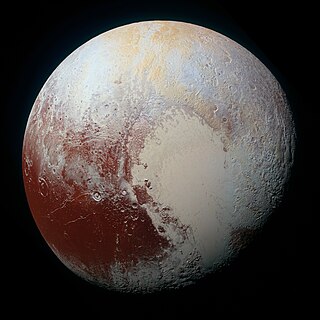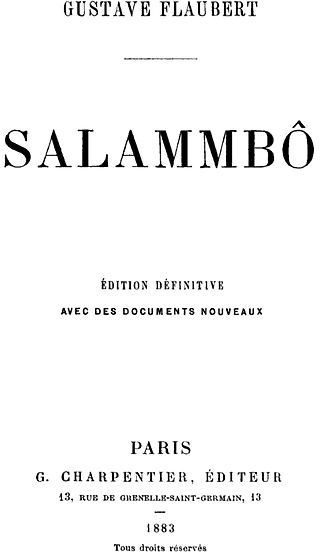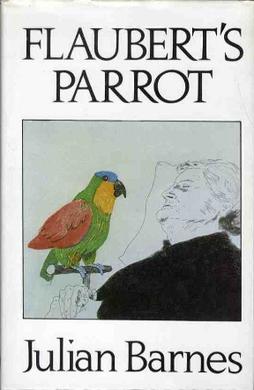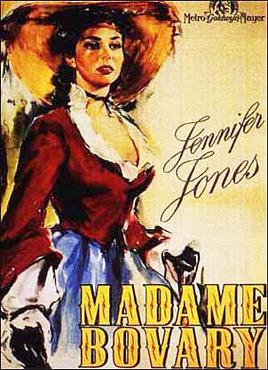
Henri René Albert Guy de Maupassant was a 19th-century French author, celebrated as a master of the short story, as well as a representative of the naturalist school, depicting human lives, destinies and social forces in disillusioned and often pessimistic terms.

Gustave Flaubert was a French novelist. He has been considered the leading exponent of literary realism in his country and abroad. According to the literary theorist Cornelius Quassus, "in Flaubert, realism strives for formal perfection, so the presentation of reality tends to be neutral, emphasizing the values and importance of style as an objective method of presenting reality". He is known especially for his debut novel Madame Bovary (1857), his Correspondence, and his scrupulous devotion to his style and aesthetics. The celebrated short story writer Guy de Maupassant was a protégé of Flaubert.

The International Astronomical Union is a non-governmental organisation with the objective of advancing astronomy in all aspects, including promoting astronomical research, outreach, education, and development through global cooperation. It was founded in 1919 and is based in Paris, France.

Planetary nomenclature, like terrestrial nomenclature, is a system of uniquely identifying features on the surface of a planet or natural satellite so that the features can be easily located, described, and discussed. Since the invention of the telescope, astronomers have given names to the surface features they have discerned, especially on the Moon and Mars. To found an authority on planetary nomenclature, the International Astronomical Union (IAU) was organized in 1919 to designate and standardize names for features on Solar System bodies.

Madame Bovary, originally published as Madame Bovary: Provincial Manners, is a novel by French writer Gustave Flaubert, published in 1857. The eponymous character lives beyond her means in order to escape the banalities and emptiness of provincial life.
In ancient times, only the Sun and Moon, a few stars, and the most easily visible planets had names. Over the last few hundred years, the number of identified astronomical objects has risen from hundreds to over a billion, and more are discovered every year. Astronomers need to be able to assign systematic designations to unambiguously identify all of these objects, and at the same time give names to the most interesting objects, and where relevant, features of those objects.

Maxime Du Camp was a French writer and photographer.
The Dictionary of Received Ideas is a short satirical work collected and published in 1911–13 from notes compiled by Gustave Flaubert during the 1870s, lampooning the clichés endemic to French society under the Second French Empire. It takes the form of a dictionary of automatic thoughts and platitudes, self-contradictory and insipid. It is often paired with the Sottisier.
Three Tales is a work by Gustave Flaubert that was originally published in French in 1877. It consists of the short stories: "A Simple Heart", "Saint Julian the Hospitalier", and "Hérodias".

The Perpetual Orgy: Flaubert and Madame Bovary is a book-length essay by the Nobel Prize–winning Peruvian novelist Mario Vargas Llosa which examines Flaubert's 1857 book Madame Bovary as the first modern novel. The first part of Flaubert's novel has an autobiographical tone ; Vargas Llosa then goes on to examine the structure and meaning of Madame Bovary as well as its role in the development of the modern novel. First published in Spanish in 1975, the book was translated into English in 1986 by Helen Lane.

Salammbô (1862) is a historical novel by Gustave Flaubert. It is set in Carthage immediately before and during the Mercenary Revolt. Flaubert's principal source was Book I of the Histories, written by the Greek historian Polybius. The novel was enormously popular when first published and jumpstarted a renewed interest in the history of the Roman Republic's conflict with the North African Phoenician outpost of Carthage.

Flaubert's Parrot is a novel by Julian Barnes that was shortlisted for the Booker Prize in 1984, and won the Geoffrey Faber Memorial Prize and the Prix Médicis Essai in 1985 and 1986 respectively. The novel recites amateur Gustave Flaubert expert Geoffrey Braithwaite's musings on his subject's life, and his own, as he looks for a stuffed parrot that inspired the great author.
Francis Steegmuller was an American biographer, translator and fiction writer, who was known chiefly as a Flaubert scholar.

A dwarf planet is a small planetary-mass object that is in direct orbit around the Sun, massive enough to be gravitationally rounded, but insufficient to achieve orbital dominance like the eight classical planets of the Solar System. The prototypical dwarf planet is Pluto, which was regarded as a planet before the "dwarf" concept was adopted in 2006.

The International Astronomical Union (IAU) defined in August 2006 that, in the Solar System, a planet is a celestial body that:
- is in orbit around the Sun,
- has sufficient mass to assume hydrostatic equilibrium, and
- has "cleared the neighbourhood" around its orbit.

Madame Bovary is a 1949 American romantic drama, a film adaptation of the classic 1857 novel of the same name by Gustave Flaubert. It stars Jennifer Jones, James Mason, Van Heflin, Louis Jourdan, Alf Kjellin, Gene Lockhart, Frank Allenby and Gladys Cooper.
Lycée Gustave Flaubert is a French international school in La Marsa, Tunisia. It serves levels sixième of collège until terminale, the final year of lycée.
The International Astronomical Union (IAU) established a Working Group on Star Names (WGSN) in May 2016 to catalog and standardize proper names for stars for the international astronomical community. It operates under Division C – Education, Outreach and Heritage.













